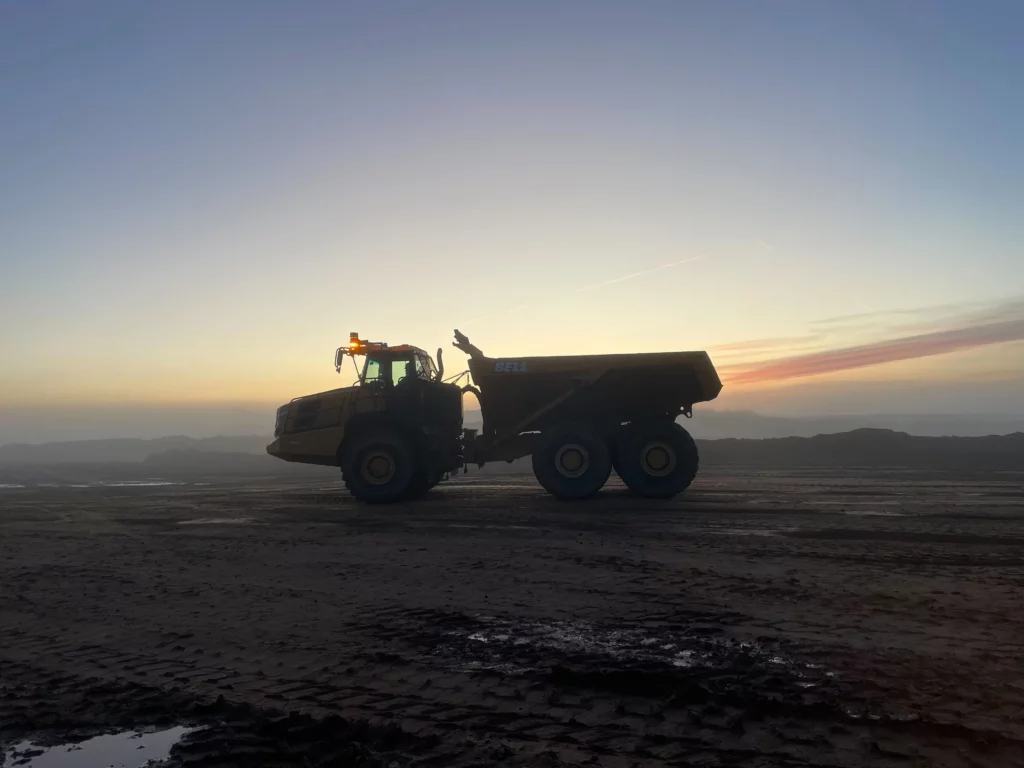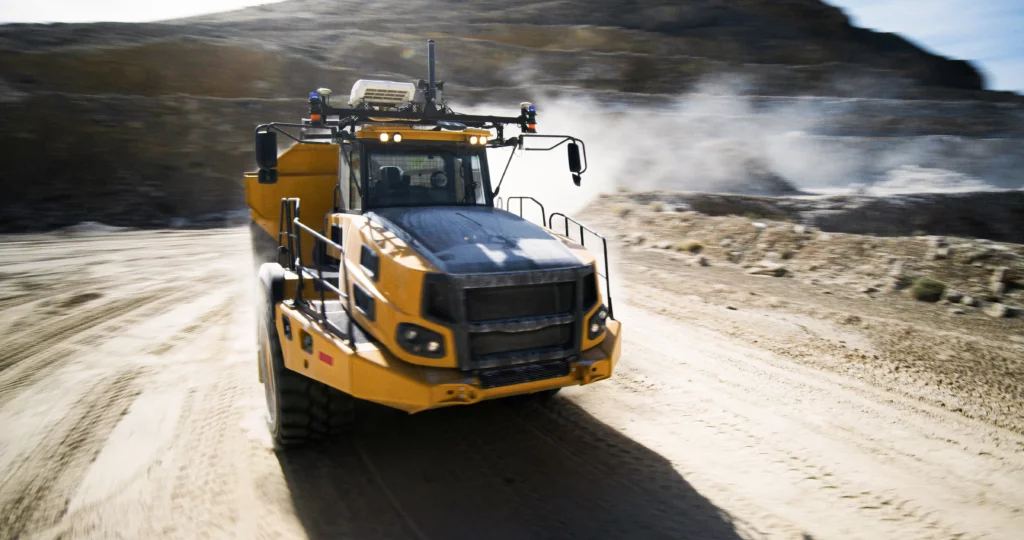I know what some of you might be thinking: “He’s back?” Yes, I’m back.
The “why” is fairly simple: I’m back because it’s my life’s passion to make the life-saving potential of autonomous vehicles a reality. “Reality” means real autonomous vehicles solving real problems for real people, while actually improving safety on real roads.
Over the past 15 years, we’ve witnessed numerous advances in self-driving technology. I’m proud to have played a big role in it. At the same time, I’ve admittedly grown frustrated — and at times impatient — with the industry’s inability to deliver on its promises.
Instead of delivering products that could help people right now, we talk of “visions” or the “the future of mobility” ad nauseam. Rather than democratizing the technological advances we’ve made for everyone’s benefit, we reserve them for extremely narrow and non-representative “demonstrations” or “proofs of concept” that have scant hope of ever scaling in a commercially-viable way. And we avoid intellectually honest conversations about road safety through aspirational platitudes and glossy marketing materials that are passed off as “safety reports.” Collectively, we have the resources and capabilities to do much better.
In the past, my refusal to toe the corporate line by pointing out the above has landed me in hot water. Just as my openness to bluntly address technology’s capabilities and its limitations have led to me being labelled “reckless”. Road safety is not something that is well-suited to sound bites and short attention spans. It involves tradeoffs and important, nuanced discussions. I am disappointed in how shallow the discourse on this front has been and continues to be. But I also recognize that some of my prior comments have not helped.
Over the past 18 months, as I’ve been painted into a villainous caricature, I’ve had lots of time for introspection. In some sense, the deeply personal hardships my family and I’ve had to endure have provided an important opportunity to step back and honestly reassess my past as well as plan for the future. One thing I continue to stand by is my safety record, which is second to none in this industry. My teams have a demonstrably impeccable track record. At every company where I have worked, safety was better during my tenure than before or after. On the safety front, I always look forward and am proud to work with and be challenged on a daily basis by the best in the business.
Today, I want to share a few more things I’ve recently learned that I think will prove central to making autonomous vehicles a reality. To begin with, several trends have become increasingly apparent:
First, despite the vast sums of money and time dedicated to developing and rolling out autonomous vehicles, there are no real autonomous vehicles today. There are only increasingly complex and expensive demonstrations of those visions I mentioned above.
Second, true level 4 or 5 vehicles will not arrive for many more years.
Third, the reason why nobody has achieved this level of functionality is because today’s software is not good enough to predict the future. It’s still nowhere close to matching the instincts of human drivers, which is the single most important factor in road safety.
And fourth, traditional self-driving stacks attempt to compensate for their software’s predictive shortcomings through increasingly complex hardware. Lidar and HD maps provide amazing sensing and localization of the present moment but this precision comes at great cost (with respect to safety, scalability and robustness) while yielding limited gains in predictive ability.
Put simply, the self-driving industry has gotten two key things wrong: it’s been focused on achieving the dream of fully-autonomous driving straight from manual vehicle operation, and it has chased this false dream with crutch technologies. So we now find ourselves in a position where regulators, investors, and the public are waking up to the reality that nobody is ahead in the race to deliver autonomous vehicles because the real race is a marathon that has not yet begun. The last 15 years we’ve mostly idled at the starting line.
Please don’t take this somewhat sobering assessment of our industry as pessimism or cynicism. After all, I do have a well-deserved reputation for brash optimism. Over the past three years, amazing gains in machine learning and a new breed of tensor processing hardware have made it possible to pursue a different, ultimately much more promising, path toward solving the self-driving challenge. That’s what my new company — Pronto — is all about. I’ve reconnected with a few old and very qualified friends and gotten to know the best young minds in our industry that have fresh, truly innovative perspectives. Together, we are building the best self-driving stack in the world.
To be the best means overcoming the biggest challenges that self-driving technology faces head on. Our approach? Much better software. After all, the best and safest drivers don’t necessarily have the best eyes. They have the best brains and the most experience. We are building neural networks from the ground up that combine experience-based AI, end-to-end deep learning, and crowdsourced data with advanced computer vision to deliver a highly scalable and flexible driving stack. Nobody else is doing this.
We are not building technology that tells vehicles how to drive. Instead, our team of engineers is building tech that can learn how to drive the way people do.
Our tech does not shy away from the rich complexities of real-world driving. Through better prediction and decision-making software, we are able to navigate previously vexing “edge cases,” such as very low light, direct sunlight glare, heavy rain, snow, construction zones, etc. in a safe, scalable, and repeatable manner on a wide variety of highways without mapping them. Because — let’s be honest — “edge cases” is actually a misleading (albeit convenient) term of art. These adverse driving conditions and much worse occur regularly in the real world. In order to roll out autonomous vehicles at scale, we are tackling them first rather than saving them for last.
Our new approach has already enabled us to make great progress. We drove a vehicle coast-to-coast without any human intervention — a technical milestone accomplished in October (link). But we will not claim it to be something it is not. The age of autonomous vehicles crisscrossing the country by themselves is still quite a ways off, as I mentioned above. Ours is a highly-capable “level 2” system and not more.
Or perhaps I should say “highly capable level 2 system and not less”? Because for all the talk of going straight to level 4, we think it’s much more exciting and promising to first develop and scale a truly great level 2 system. Better to do several things — braking, steering, and throttle — super well on a wide variety of real roads and conditions rather than attempting to do everything else that driving entails in a very artificial manner. The reason this is so exciting is that we can capture some of the benefits of self-driving technology today prior to the arrival of the perfect autonomous vehicles of tomorrow.
The first step is to deliver a commercially-viable ADAS product that makes driving safer for everyone. It augments the driving experience by reducing the cognitive workload for drivers, allowing them to focus their full attention on monitoring the road ahead. The market that we believe makes the most sense to engage first is the commercial trucking industry, which stands to benefit tremendously from an aftermarket product that will help truck drivers deliver their cargo anywhere in the world with greater safety and comfort than ever before. Another bonus, it’ll cost orders of magnitude less to deploy than anything else that’s been promoted so far.
We’re excited to announce our first product: Copilot by Pronto. Copilot delivers the most advanced ADAS features that have previously only been seen in the top luxury cars — and much more — but it is built specifically for Class 8 vehicles, with driver comfort and safety top of mind. I am sure you have many questions about product specifics, our customers, and how we will ensure that it is used properly. We will share lots of details on all of that and more as we roll out Copilot in early 2019. It will be the first stand-alone real product for a real market that the self-driving industry has delivered, and we are excited to be blazing the trail to the reality of how autonomous vehicles will ultimately come to fruition.
But for now I’ll end by just saying that I’m super excited to be back. I’m excited and humbled to have an opportunity to lead an amazing team. And I’m more excited than ever to accelerate the real-world introduction of self-driving technology in a safe and business-minded manner.
Drive safely.

